|
This post from Michael Grevis is taken from a forthcoming booklet (details at the end) and outlines Michael’s introduction to Kabbalistic work through both Tony Potter and Alan Bain. Our contact with Michael began when we first linked up with Rita Tremain (see previous blog post Setting Foot on the Path by Rita Tremain) and his current line of work forms a part of this ‘family tree’ grown from the seeds of the original Soho Group. In 1977, I had a wife and two young daughters, and I was struggling to buy a small bungalow in Porlock, Somerset. My new neighbours that year were Rita and Peter Tremain and family. Unceremoniously, one day they introduced me to the Tree of Life in my lounge. They seemed to attach great significance to it, and, in the light of what has followed, that moment is engraved in my memory. It is in the tradition of the rich and arcane world of Jewish mysticism called Kabbalah to pass on the ancient wisdom from mouth to ear, and that is how it happened for me. None of us were Jewish, but that didn’t prevent our immersive psychospiritual studies developing over considerable time. The specific lineage of my teachers dates back to late 1950s Soho in London where a certain intellectual ferment was leading into the game-changing sixties. The Group ran from 1957 to 1962. The English seekers after truth went on to produce two fruitful lines of Kabbalistic teaching in the 1960s. One was led by Glyn Davies, a group joined briefly by Z’ev ben Shimon Halevi, and the other was led by Alan Bain and Anthony Potter. The line of Alan Bain, also called The Society of the Hidden Life, led to group meetings conducted by Peter Tremain, and Rita was drawn into his orbit by an advert on the back page of The Times. The radical idea which unites the two lines is that the four World Trees of Kabbalah, which trace the development of the Universe from the spiritual to the material, and our own spiritual ascent, can be interleaved precisely in the middle, and linked to a novel ‘Ladder’ which unites them. By the late 1960s both Alan Bain and Glyn Davis were known to be working on the Ladder concept. Alan Bain read out the first version of his Keys to Kabbalah to a group in 1970, and Glyn Davies presented his diagram to his group in 1972. These dates have been preserved, because, with hindsight, we can see that the Kabbalah was taking an evolutionary turn around that time, one which is far from finished and far from being fully assimilated into today’s teachings. Both originators and teachers still have influence. The development of the geometric Ladder in the 1950s is comparable to the radical ideas that emerged in Safed, Palestine in the 1550s from which the Tree of Life emerged. My work began in earnest when Anthony Potter (Tony) moved west in the 1980s to be with Rita and Peter Tremain. Sadly, I had to move east after a while, to Sussex, then Cambridge, and so began my studies, largely in absentia. We had periodic catch-ups in Minehead pubs, when I would be presented with detailed notes on the next step of the Way, and, at one memorable moment, I was treated to my first sight of Tony’s Ladder and Worlds Diagram. Like most students of Kabbalah, I learnt about the rudiments of the Tree of Life first, then moved on to the Ladder. And that is the way this primer is structured. On one occasion, Tony, possibly fed up with my endless questioning, slammed his hand down on the bar and said “What do you want?” I woke up, and said, “I want to know how I fit into the universe, and how the universe fits into me.” The answer to such timeless questions is always personal, but, as Tony liked to say, “I have the map.” We spent hours minutely examining the Kabbalistic Ladder one Path at a time, each a fraction of the much larger “map” covering the territory of the soul. A good map is highly explanatory; it shows us where we have been, where we are, and where we are going, and it illuminates sacred poetic texts, and more besides. Much later, I was able to quote extensively from Tony’s notes in Unlocking Reality – Universal Kabbalah Keys. There was often talk in our meetings about Alan Bain, who remained for me an elusive figure of mystery, until, years later, I made my pilgrimages to St Just at the tip of Cornwall to deepen my knowledge of his work first-hand. My other main source of inspiration, the work of Jewish American Professor Leonora Leet, is proving equally slow to be assimilated into the bulk of Kabbalistic studies. Her work, as well as Alan Bain’s, does present some considerable challenges to orthodox thinking. Following her profound spiritual awakening, Leonora discovered the Sabbath Star Diagram in 1978 and then devoted over two decades to analysing and intuitively drawing out the meanings implicit within the sacred geometry for clarifying and revitalising the Jewish mystical tradition, its mythology and beliefs. The fruit of her work was published in 2004, the year she sadly passed, as The Universal Kabbalah. This will prove to be another radical deepening of the tradition in time. It is a profound privilege for me to try to synthesise the esoteric teachings of my two major influences, A Christian from London, and a Jewess from New York, and to realise how closely their work aligns and fits with the modern trends of science and psychology, so that a rich form of metaphysical wisdom for our time is now available. Leonora Leet and Alan Bain never knew of the existence of the other, so the fact that some of their ideas cohere impressively well is powerful evidence that they encapsulate, in their own ways, a significant level of truth. Leonora Leet has provided us with a challenging and expansive myth for our time. Myth here is taken to mean the imaginative clothing in which the perceived truth can be wrapped. Myths remain important for preparing the mind for later excursions into study, meditation and prayer. Alan Bain has provided us with a compact, elegant, and highly usable glyph for studying psychological progress. Both were visionaries and spiritually guided. Leonora Leet While writing Unlocking Reality, I managed to arrange a meeting in London with the American Doctor and Rabbi Julian Ungar-Sargon who had encouraged and assisted Leonora Leet and who wrote the Foreword to Universal Kabbalah. He informed me that her impressive work was not being taken up by other academic Kabbalists. Perhaps it was so radical it ruffled more than a few feathers. To my mind, Hebraic sacred science bursts the bounds of religion and makes an appeal to the whole of humanity in its efforts to raise its consciousness. Alan Bain and Leonora Leet’s work should feature strongly in any modern discussion of Kabbalah, as, if they continue to be overlooked, the tradition will be diminished. In a humble attempt to bridge the gap between the uniquely English Kabbalah I knew, and Julian Ungar-Sargon’s deep knowledge of the Jewish tradition, I gave him a copy of the Ladder and Four Worlds Diagram drawn up by Anthony Potter, the same original map I had shown to Alan Bain and which much pleased him. The Rabbi took it, but, disappointingly, I received no follow-up. However, he did put me in touch with his friend Rabbi Hershy Worch, an expert and teacher in ancient Hebrew texts, who went on to give me invaluable information regarding early versions of The 32 Paths of Wisdom, some of which he also translated for me afresh. This enabled me to correct the sequence of two Paths which A.E. Waite had bequeathed to Alan Bain. The 32 Paths of Wisdom used here is the definitive standard text of Rabbi Aryeh Kaplan (from his Sefer Yetzirah). Alan Bain spent long periods in the British Museum Reading Room trying to get deeper into the tradition with the little that was then available to English readers. Even today, many of the Hebrew texts are untranslated. He wanted to remove what he felt were several obfuscations introduced by the Hermetic Order of the Golden Dawn, a group of English esotericists working 1887-1903. He was right to do so. The secrecy that has often attended these ideas is no longer relevant. Our problem today is not the Catholic Inquisition, but instead we face a welter of disconnected information stemming from a materialist world, and a lot of egoistic indifference to personal growth. Alan Bain’s Keys to Kabbalah is eminently usable because the keys are internally consistent, and they rather blow old esoteric blinds out of the water. With the jubilee (50 years) past, the time is upon us for a revived interest. Warren Kenton, having previously worked with Glyn Davies, visited Alan Bain and studied his Ladder in the early 1970s before embarking on a distinguished career as a teacher and writer of Kabbalah under his Jewish name of Z’ev ben Shimon Halevi. He rejected Alan Bain’s use of The 32 Paths of Wisdom and the three “Veils of Negative Existence” at the top of the Ladder. He applied the elements to the Worlds in the order of density: Fire, Air, Water, Earth. But Rev Alan Bain preferred to assign Water to Beriyah as it better reflects the Biblical “Darkness was upon the face of the deep….” It is also the preferred order among Hermetic Kabbalists although there was no Ladder concept whatever at the time of the influential Golden Dawn. Halevi followed Glyn Davies in putting Da’at (the mysterious centre called Knowledge) on the Ladder at Path 7, and this is now the favoured form available from the internet. 'Rogues Gallery' Top left: Glyn Davies, right: Alan Bain Below left: Warrent Kenton, right: Tony Potter In recent years, I have been in communication with fine artist and ex-student, like me, of Tony Potter, John Pearce, to discuss his innovative Gnostic Ladder which puts Da’at on Ladder Path13. Da’at naturally has an affinity with related Da’at points on adjacent Trees, and John Pearce’s scheme, like Halevi’s, is of considerable interest, and makes for some visually satisfying alignments lower down the Ladder. For my own purposes, however, that which came to me from Alan Bain is the form I find entirely satisfactory. It offers precision elegance, and an unimpeachable path for progress. Each individual seeker has to be receptive to the promptings of their inner angels of wisdom, as well as to their intellects and emotions. That was, after all, how knowledge of Kabbalah first came into the world around three thousand years ago. The Golden Dawn’s influence is prevalent among most Western Kabbalists, and some Christian Cabalists, today, just as Isaac Luria and the Baal Shem Tov inspire most Jewish Kabbalists. Having said that, all Kabbalists are vanishingly thin on the ground. The few religious Jews who are Kabbalists seem not to have encountered or accepted the Ladder concept, which is now widespread in New Age circles, thanks to Halevi. A pleasantly cool-headed place where the recent history of radical new ideas is being recorded is the resource of soho-tree.com. created by Cherry Gilchrist and Rod Thorn, both of whom began work with Glyn Davies. I am very grateful to have learned so much from its articles about where my own work originated. Hopefully, the future will see greater collaboration and cross-fertilisation to nurture these developments in a global context. We are not seeking uniformity, which would be impossible with such a rich and fractal philosophy as Kabbalah, not to elaborate on the fact that it now straddles at least two world religions. As yet, there is no agreement even on the English spellings, let alone pronunciations, of Hebrew words! (I follow Leonora Leet’s transliterations.) We can happily appreciate the richness and the variations so long as we maintain a healthy distance from any overly dogmatic or redundant religious ideology, and move towards psychological refinement and subtlety in the Light. Many great minds have contributed, and are contributing, to our reaching out to infinite Reality. In memoriam Peter Tremain 1929-2014 Rev Anthony Potter 1931-2001 Rev Alan Bain 1933-2006 Prof Leonora Leet 1929-2004 Glyn Davies 1929-2007 Z’ev Ben Shimon Halevi 1933-2020 The above extract introduces:
Circulating Light – Musings on Ultimate Relationship A Kabbalah primer and poems Other related works by Michael Grevis (Key Capability publications): Unlocking Reality – Universal Kabbalah Keys (345pps. Illustrated. Amazon) A technical guide and exploration Ultimate Snakes and Ladders - An Eco-Kabbalistic version of the classic game Poetry with a metaphysical slant: Seaward Variations – Persons from Eryssed (80pps. Illustrated. Amazon) The ‘Green poetry booklet’ series For all enquiries re publications and Universal Kabbalah: Email: [email protected] Web: facebook.com/mgrevis >search >stompyrelaxation
4 Comments
19/4/2023 11:30:10 am
Thank you Michael for a very lucid and upbeat article. You have been rather lucky in having personal tuition by Tony Potter and, seemingly, Rita and Peter Tremain. Peter was a charismatic major figure in the Red Lion and Sun bar room in the 1960s-70s when the Society of the Hidden Life was disintegrating, but it was still going in 1973 - I know that because in 1973 the Private View of my first one-man show was attended by group members en-mass. But I was never aware that Peter Tremain ever gave any esoteric tuition beyond chatting in the bar and trying to work the conversation round to Jung. Some time I might attempt to chronicle those last years of the Highgate Group. Alan Bain emerged from the West Country to try to rescue the Group - his attempts failed, and his own formal meetings, attended by me, Rosemary Potter and others were not very successful either. It's actually a story reminiscet of the final years of King Arthur's Round Table....
Reply
COLIN WILDE
20/4/2023 08:06:06 am
do you any more details of the `Highgate Group and where it met?
Reply
20/4/2023 10:48:08 am
Colin Wilde, The Highgate Group met in a ground floor room in the Potters' home in Claremont Road Highgate. at the end of each meeting, the class members repaired to The Red Lion and Sun in Highgate Village, where thr group members could socialise and implicitly practice the Work exercises,, with Tony Potter on hand to exert esoteric influence. He was in fact there most evenings.
Reply
12/11/2023 02:43:34 pm
I'm not sure if you got my reply as I have again been alerted to your request.:
Reply
Leave a Reply. |
AuthorsArticles are mostly written by Cherry and Rod, with some guest posts. See the bottom of the About page for more. A guide to all previously-posted blogs and their topics on Soho Tree can be found here:
Blog Contents |

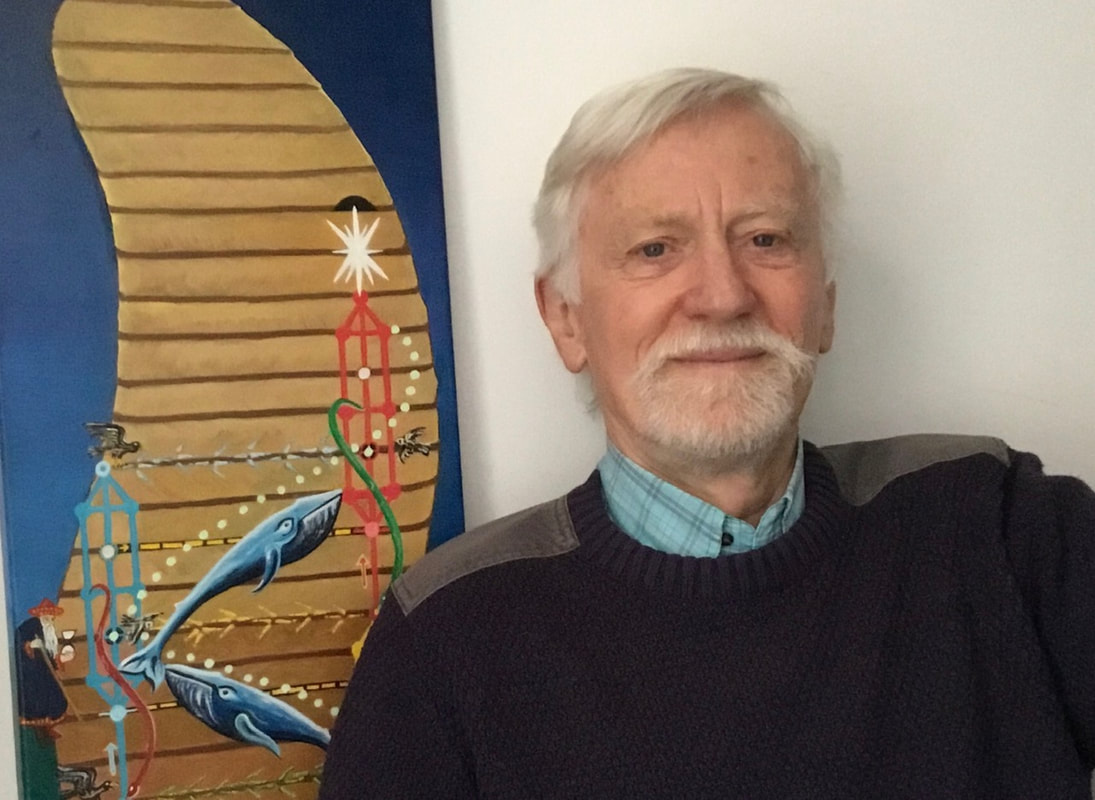

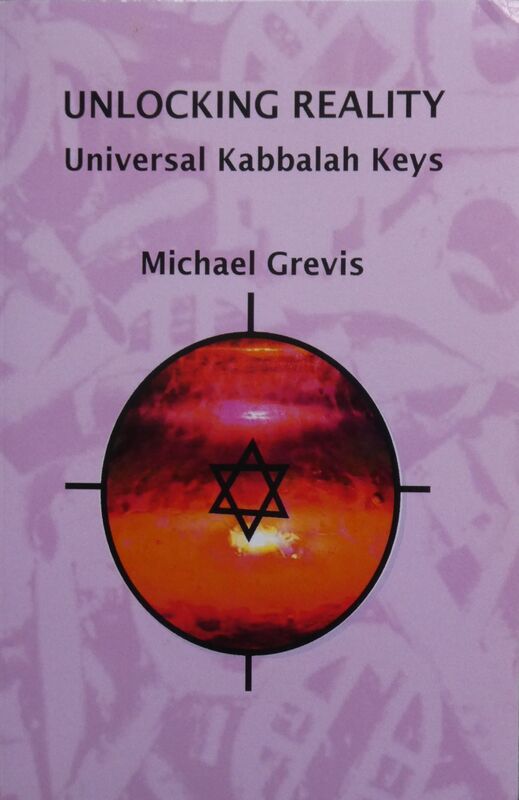




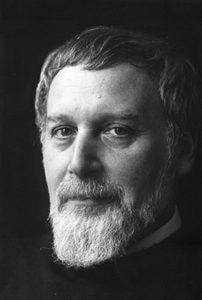

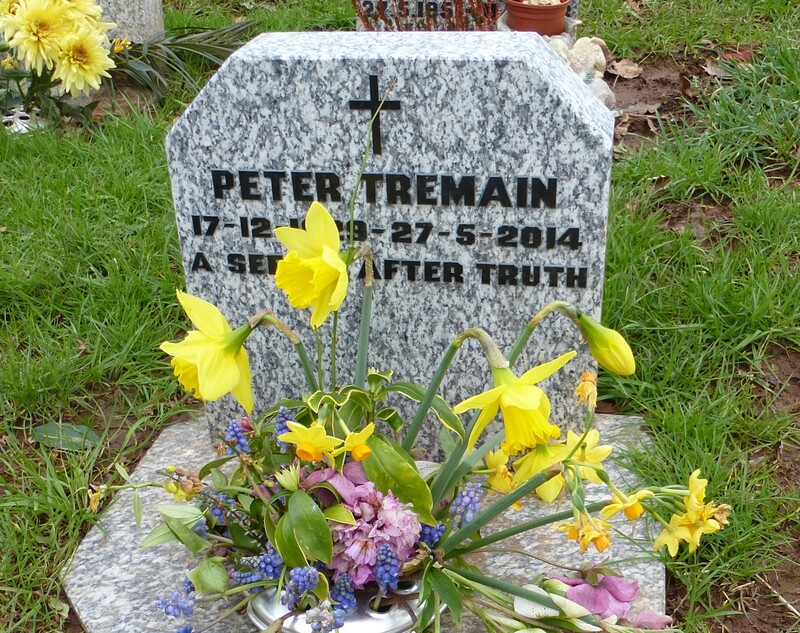
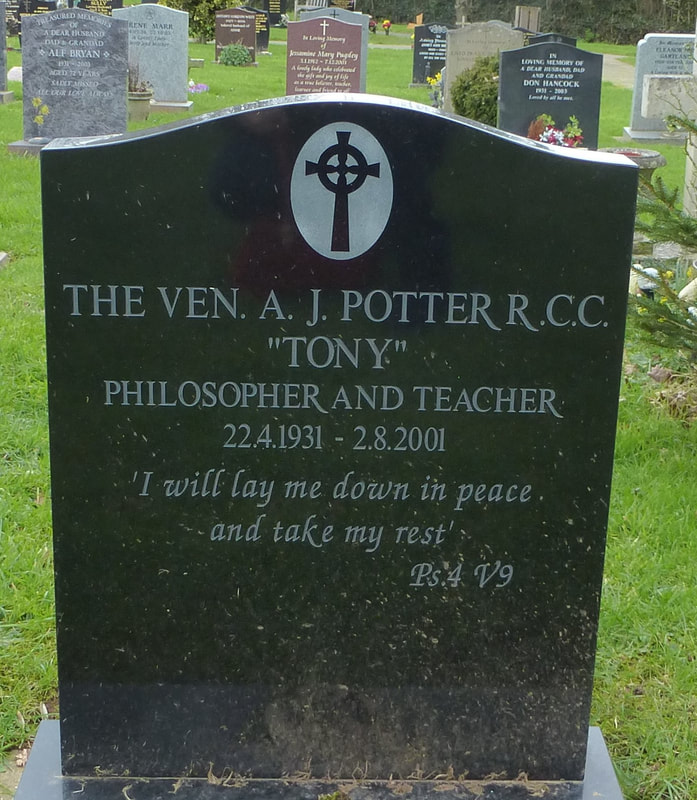
 RSS Feed
RSS Feed